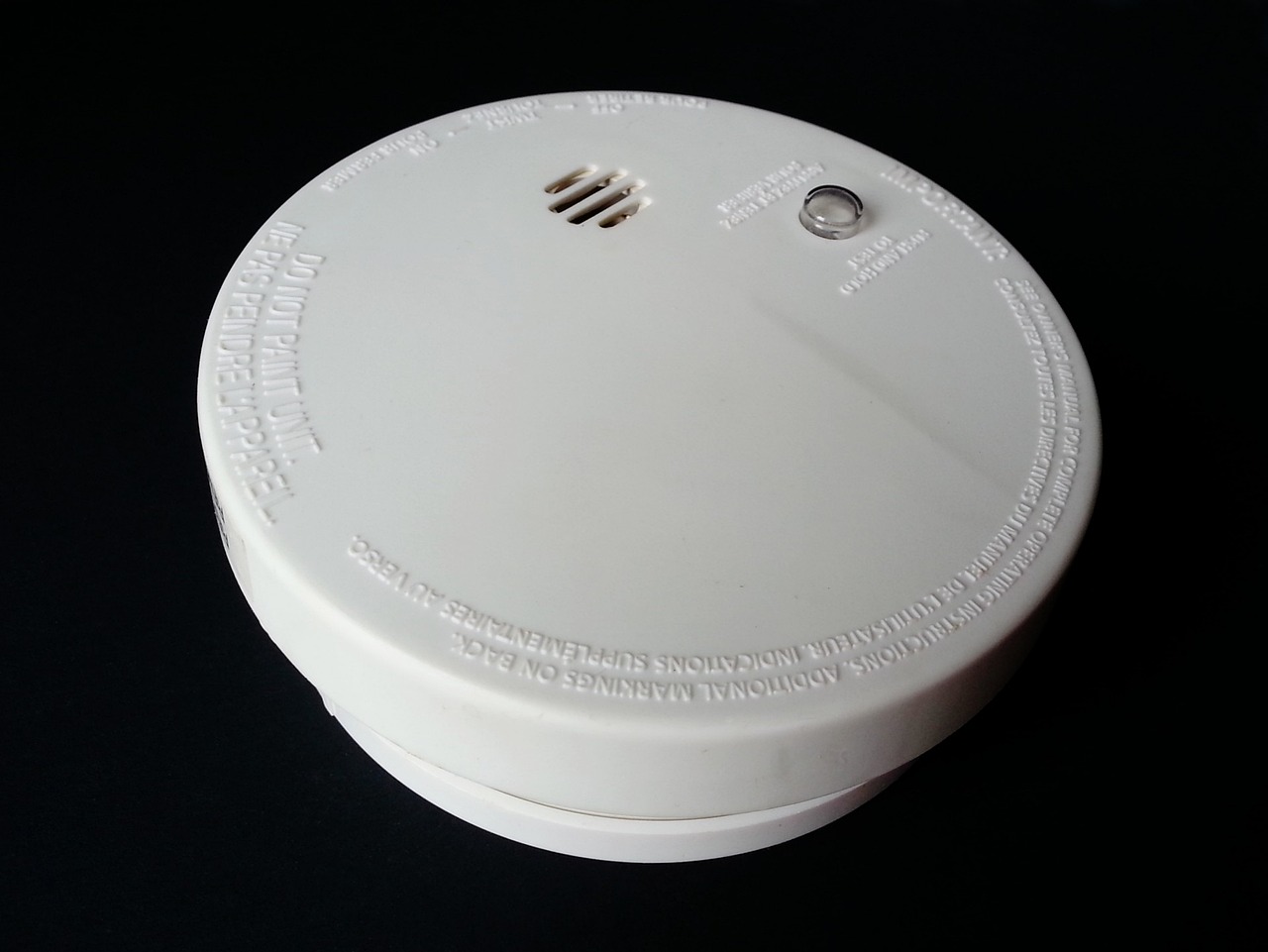Smoke alarms play a critical role in ensuring fire safety for homes in Glenfield Park and Wagga Wagga. They have the potential to save lives by providing early warnings of smoke and fire hazards, allowing occupants to evacuate safely and promptly. In 2024, with advances in technology and the implementation of stringent fire safety regulations, it is more important than ever for homeowners to understand and invest in proper smoke alarm installations.
Whether you are constructing a new house, looking to upgrade your existing alarms, or simply seeking reliable information on fire protection, this guide will serve as a valuable resource covering all aspects of smoke alarm installations. Let’s explore the nuances of smoke alarms and gain an understanding of how to protect our homes, loved ones, and assets from the unpredictable and destructive nature of fires.
As we venture into this important and potentially life-saving topic, our goal is to equip you, the homeowner, with the tools and knowledge to recognise and address the unique fire safety requirements of your Glenfield Park or Wagga Wagga home.
Types of Smoke Alarms for Glenfield Park and Wagga Wagga Homes
When it comes to choosing the right smoke alarms, it is essential to understand the available options, each with its strengths and limitations.
Ionisation Smoke Alarms
These alarms detect invisible particles produced by fast-flaming fires, making them highly sensitive to small amounts of smoke. However, they may generate false alarms in steamy or smoky environments, such as kitchens.
Photoelectric Smoke Alarms
These alarms detect visible smoke particles from slow-burning, smouldering fires and are less likely to trigger false alarms. Photoelectric alarms are recommended for their superior performance and versatility.
Combined Smoke Alarms
These units incorporate both ionisation and photoelectric detection technologies, offering enhanced fire detection capabilities.
Interconnected Smoke Alarms
A system of interconnected alarms ensures that when one alarm is triggered, all alarms in the network will sound, alerting occupants in all areas of the home.
Placement of Smoke Alarms
Proper placement of smoke alarms significantly enhances fire safety in your home. Here are some crucial tips for optimal smoke alarm placement:
Location
Install smoke alarms on each level of your home and in every bedroom, living area, and hallway. For multi-storey homes, place an alarm at the bottom and top of each stairway.
Ceiling Placement
Mount the alarms on the ceiling, at least 30 cm away from walls and light fittings, as these areas may reduce their effectiveness.
Wall Placement
If you must install a smoke alarm on the wall, place it between 30 cm and 50 cm from the ceiling.
Maintenance and Testing
Regular maintenance and testing ensure the optimal functioning of your smoke alarms. Follow these guidelines to keep your alarms in excellent working condition:
Test Monthly
Press the test button on your alarm once a month to ensure it is operating correctly.
Clean Every Six Months
Remove dust, cobwebs, and debris from your alarms using a vacuum cleaner.
Replace Batteries
For battery-operated alarms, replace the batteries every year. For hardwired alarms with a battery backup, change the batteries as recommended by the manufacturer.
Replace Old Alarms
Replace smoke alarms every ten years, as their performance and reliability may deteriorate over time.
Legal Requirements for Smoke Alarm Installations
Glenfield Park and Wagga Wagga homeowners must adhere to specific legal requirements regarding smoke alarm installations:
Compliant Smoke Alarms
Ensure your smoke alarms comply with Australian Standard AS3786-2014.
Installation Requirements
Hardwired smoke alarms, connected to the home’s power supply and fitted with a battery backup, must be installed by a licensed electrician.
Rental Properties
Landlords are responsible for installing and maintaining all smoke alarms in rental properties, while tenants must ensure they do not interfere with the alarms’ operation.
Fire Safety Tips Beyond Smoke Alarms
While smoke alarms are vital, comprehensive fire safety involves additional measures to protect your home and loved ones. Here are some key tips:
Develop a Fire Escape Plan
Create and practice a fire escape plan with all household members. Ensure everyone knows at least two ways to exit each room and establish a designated meeting spot outside the home.
Install Fire Extinguishers
Place fire extinguishers in strategic locations, such as the kitchen and garage, and ensure all household members know how to use them properly.
Use Fire-Resistant Materials
When building or renovating your home, opt for fire-resistant materials for roofing, siding, and insulation to reduce the risk of fire spread.
Educating the Community on Fire Safety
Community education is crucial in fostering a culture of fire safety awareness. Here are ways to engage and inform your local community:
Fire Safety Workshops
Organise workshops and seminars in community centres or schools to educate residents on fire safety practices, smoke alarm maintenance, and emergency preparedness.
Collaboration with Local Fire Departments
Work with local fire departments to conduct fire drills and provide hands-on training for using fire safety equipment, such as extinguishers and escape ladders.
Distributing Educational Materials
Create and distribute pamphlets, brochures, and online resources with practical fire safety tips and guidelines for maintaining smoke alarms and other fire safety devices.
Conclusion
Proper smoke alarm installations are crucial for fire safety in Glenfield Park and Wagga Wagga homes. By understanding the types of smoke alarms, their best placement practices, and maintenance procedures, you can enhance the fire protection in your home. It is also essential to respect the legal requirements surrounding smoke alarm installations, safeguarding the well-being of the home’s occupants and potentially even saving lives.
Should you need support, expert advice, or professional services regarding smoke alarm installations, Riley Smith Electrical is here to help. Don’t hesitate to contact us to discuss your Glenfield Park or Wagga Wagga home’s smoke alarm needs. We can make your home a safer place for you and your loved ones.

